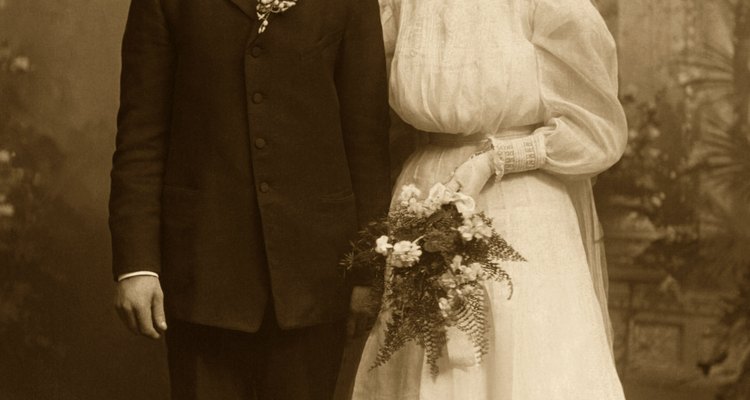
Brand X Pictures/Brand X Pictures/Getty Images
Britain enjoyed a long period of peace and prosperity during the Victorian era (1837-1901), giving a growing middle class time to plan weddings. By today's standards, Victorian wedding services were restrained, quiet affairs. The Victorians might be shocked to view the garish spectacle of some contemporary weddings, even though many of their traditions survive today.
Next Stop: Matrimony
Above all, propriety needed to be observed before a Victorian wedding. An engagement was taken very seriously; it was generally a match made within one's own social class and potentially for mutually beneficial economic reasons. Engagements allowed couples a certain amount of leeway in conduct toward one another, though most genteel families required a chaperon to be present at all times when couples were alone together. This period also kicked off the custom of the engagement ring, given from the man to the woman to signify his commitment to the match.
What to Wear
Queen Victoria's wedding set off a variety of wedding "fads" that had surprising resilience. Her choice to wear a white wedding dress cemented white as the iconic color for bridal gowns. Previously brides had appeared in their Sunday-best attire or dresses in pale green, brown or even black for older women. Grooms appeared in their best suits and shirts (crafted from materials as luxurious as silk and cashmere) as a signifier of their economic status. By the end of the 19th century, the groom's suit was almost always a sober gray, to provide the best contrast with the bride's white dress.
Let's Get Ceremonious
Victorians almost always held their weddings during the morning hours in church or at the home of the bride or groom. Most weddings were small, with only close friends and family in attendance, though more prominent families made an effort to demonstrate their class through more lavish affairs. The Victorian period is when the custom of the groom not seeing the bride on the day of the ceremony emerged, just one of many superstitions about the wedding day. For example, church bells at the beginning of the ceremony drove out evil forces, and it was considered lucky to drop the wedding rings, which would theoretically free the rings from any inhabiting spirits. Vows were drawn from the Church of England's "Book of Common Prayer."
Where's the Afterparty?
Because the wedding was usually held in the morning, the reception was often an informal breakfast, with wedding cake given to guests in boxes on the way out. The bride and groom might also pass around several "calling cards," which indicated the time they would be available to receive guests in the days following the wedding. Honeymoons were also customary during this time and could last as long as a month, often in a location not disclosed to the couple's friends and family.
Related Articles
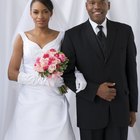
What Is the Symbolism of Jumping the ...

Husband & Wife Relationships in the ...
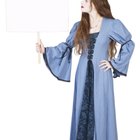
Wedding Gowns in the 1500s
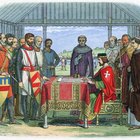
Kids' Clothing During the Medieval ...

Customary Nigerian Wedding Gifts

The Meaning of a Flower Girl in a ...

1950s Clothes for Children

Victorian Banquet Menus

Financial Responsibilities of the ...
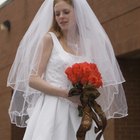
North American Wedding Traditions
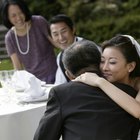
Vietnamese Proposal Traditions
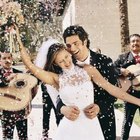
Differences Between Modern & ...

European Culture and Diet
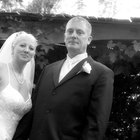
Second Wedding Gift Etiquette

Spanish Dating, Courtship & Marriage ...
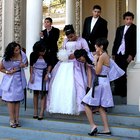
Mexican Quinceanera Traditions
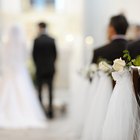
Seventh Day Adventist Wedding Ceremony
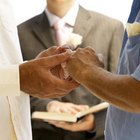
The Meaning of Exchanging Wedding Rings

Wedding Etiquette for a Stepmother

Etiquette on the Costs of a Greek ...
References
Writer Bio
Kat Stromquist received a master's in creative writing from the University of New Orleans. She writes about interior design and lifestyle issues for a variety of print and web outlets.
Photo Credits
Brand X Pictures/Brand X Pictures/Getty Images